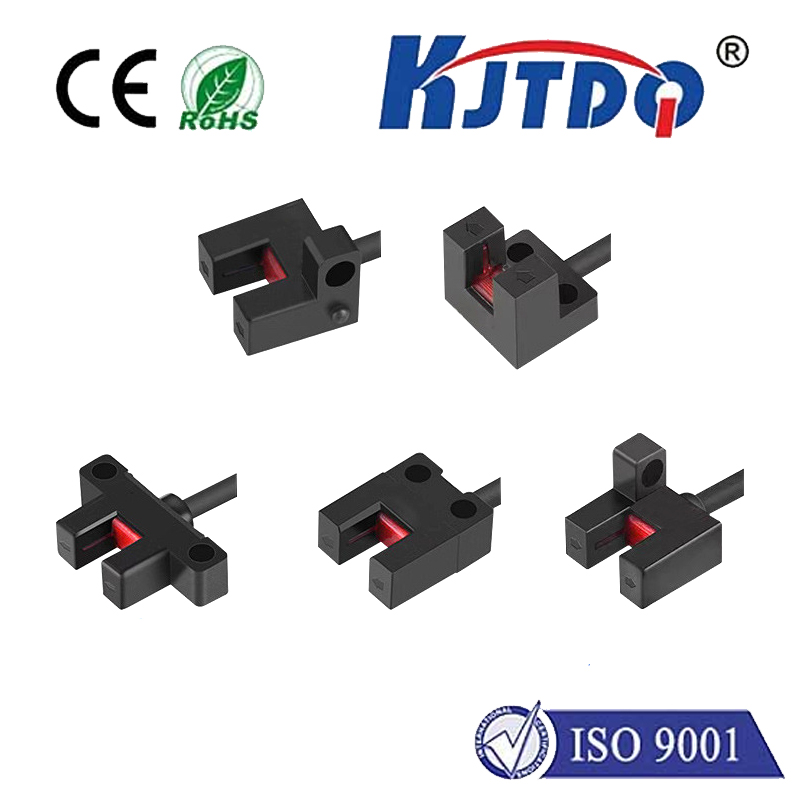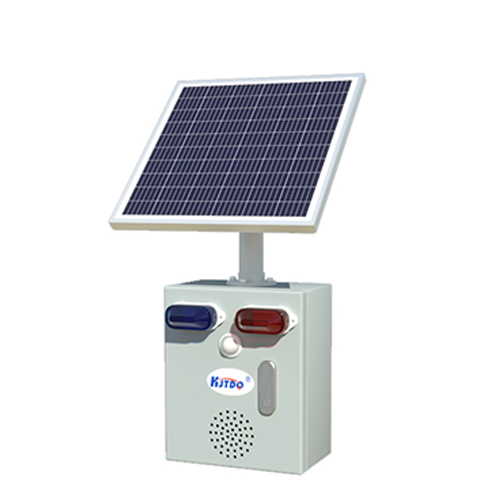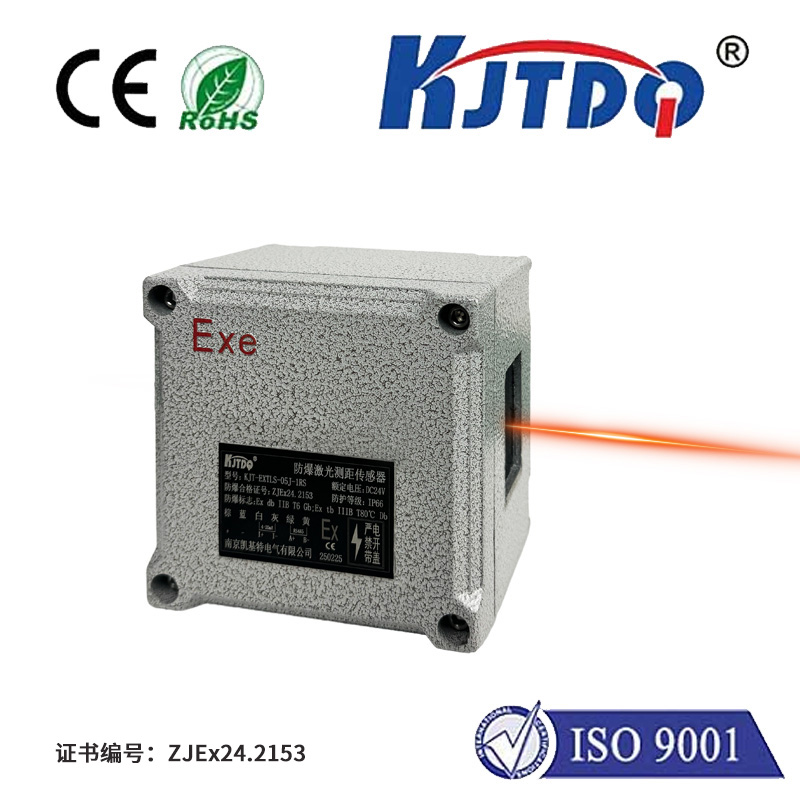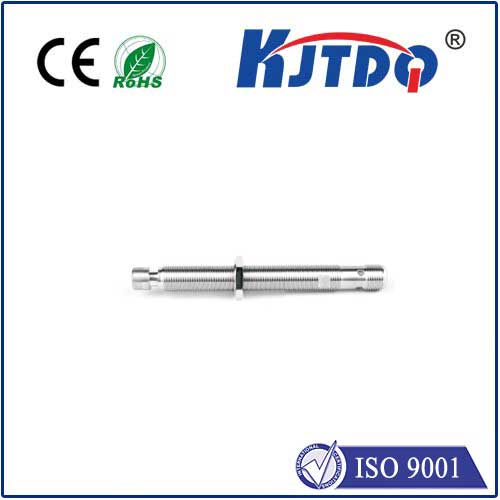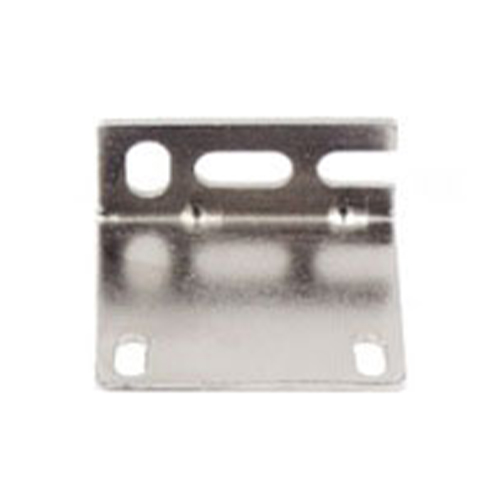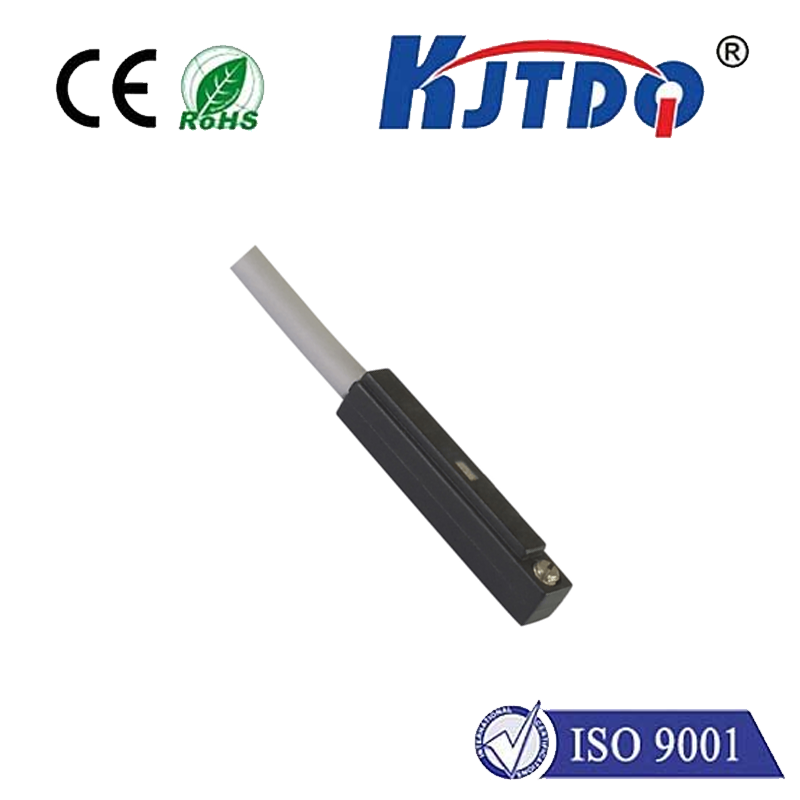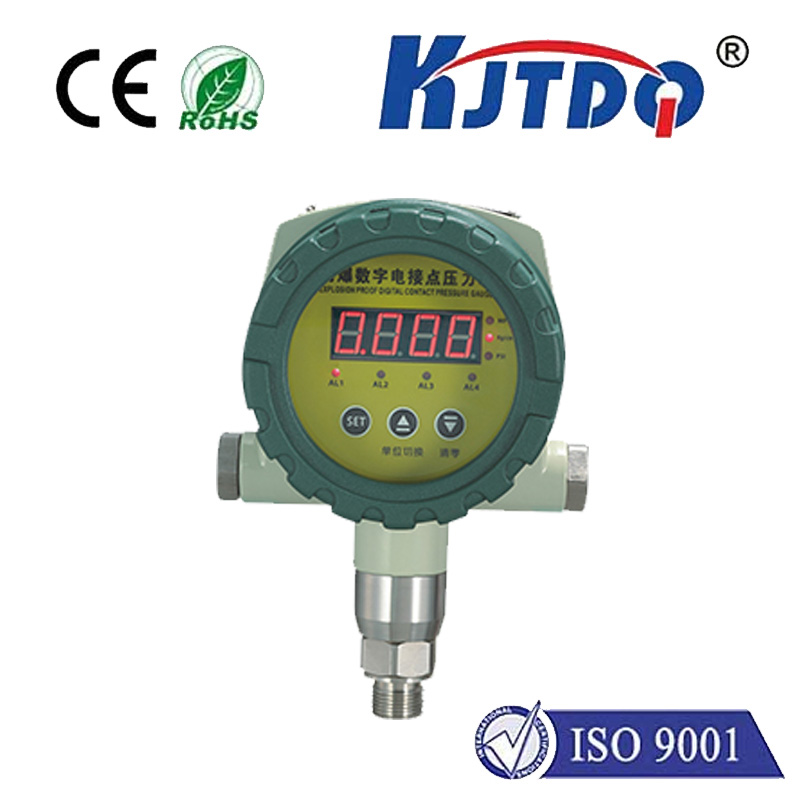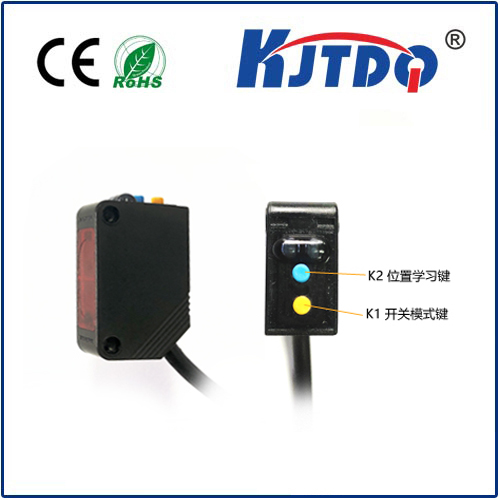

check

check

check

check

check

check

check

check

check

check
Title 1: How to Choose the Right Proximity Sensor for Your Project
When designing a project that requires proximity sensing, selecting the right sensor is crucial. There are several factors to consider, such as the operating voltage, frequency range, and resolution. In this article, we will discuss how to choose the right proximity sensor for your specific project.
Firstly, you need to determine the operating voltage of your project. Mostproximity sensors run on low voltages ranging from 2V to 5V. Once you have determined the operating voltage, you can search for sensors that match this requirement. Additionally, some sensors may have an adjustable voltage feature, which can be useful in case your project's voltage requirements change over time.
Next, consider the frequency range of the sensor. The frequency range determines the minimum and maximum distances at which the sensor can detect objects. Most proximity sensors operate within the range of 10-30kHz. However, some high-frequency sensors can operate at up to 1MHz. If your project requires detecting objects at very short distances or across large areas, you may need to opt for a high-frequency sensor.
Another important factor to consider is the resolution of the sensor. Resolution refers to the smallest distance that the sensor can distinguish between two objects being sensed by it. Higher resolutions generally mean more accurate readings but also require more power and space on the circuit board. It is essential to balance resolution and power consumption when selecting a proximity sensor.
Finally, you should also consider the size and shape of the sensor when choosing one for your project. Some sensors are designed to fit into smaller spaces, while others are more versatile and can be used in a variety of applications. Additionally, certain sensors come with different mount options, such as surface Mount (SMT), through hole mount (THM), or pin header mount, depending on your needs.
In conclusion, choosing the right proximity sensor for your project requires careful consideration of various factors such as operating voltage, frequency range, resolution, size, and shape. By taking these factors into account, you can select a sensor that meets your specific requirements and helps you achieve your project goals.

